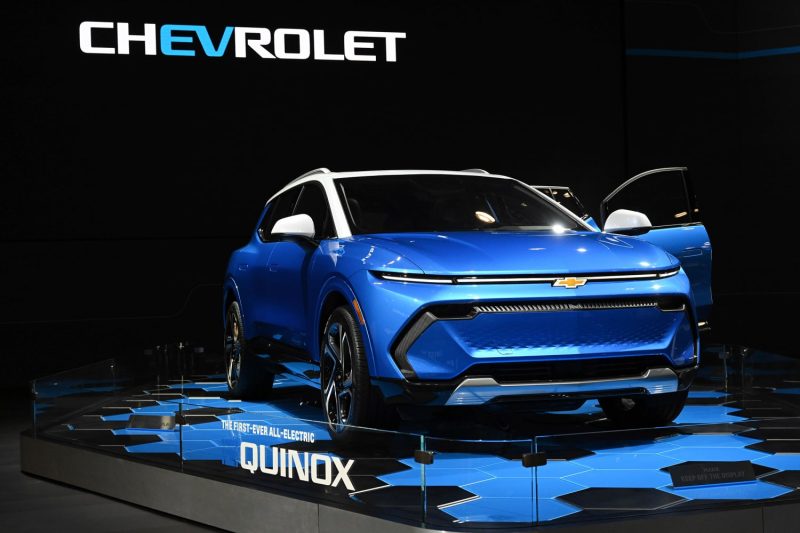In recent years, General Motors (GM) has been making strategic moves towards transitioning to electric vehicles (EVs) in response to the global shift towards sustainable transportation. However, the process has not been without its challenges, as GM has faced several setbacks and delays in its EV plans. Despite these hurdles, the company has experienced growth in EV sales, indicating a positive outlook for their electric vehicle offerings in the future.
One of the key setbacks faced by GM in its EV transition is the repeated slowdown of its EV plans. The company has had to readjust its timelines and scale back production targets, citing various reasons such as supply chain constraints, battery availability issues, and technical challenges. This repeated slowing down of EV plans raises questions about GM’s ability to meet its ambitious targets and compete effectively in the rapidly evolving EV market.
While GM’s EV plans have hit roadblocks, the company has still managed to see growth in its EV sales. This paradoxical situation raises interesting questions about the company’s strategy and positioning in the electric vehicle market. Despite the setbacks in their EV plans, GM’s ability to increase EV sales demonstrates a growing demand for electric vehicles and a willingness among consumers to embrace this new technology.
One factor that has contributed to GM’s EV sales growth is the introduction of new electric vehicle models that appeal to a wider range of customers. By expanding their EV lineup and offering different types of electric vehicles, GM has been able to attract more consumers and increase their market share in the EV segment. This diversification strategy has proven successful for GM, helping them overcome some of the challenges in their EV plans.
Another key factor in GM’s EV sales growth is the company’s efforts to enhance the charging infrastructure for electric vehicles. GM has invested in building more charging stations and establishing partnerships with charging network providers to make it easier for customers to charge their EVs. By addressing the infrastructure challenges associated with electric vehicles, GM has been able to remove barriers to adoption and encourage more consumers to switch to electric vehicles.
In conclusion, GM’s journey towards electric vehicles has been marked by setbacks and challenges, but the company has shown resilience and adaptability in the face of these obstacles. By adjusting their EV plans, expanding their EV lineup, and investing in charging infrastructure, GM has been able to grow its EV sales and position itself as a key player in the electric vehicle market. Despite the delays in their EV transition, GM’s commitment to sustainability and innovation bodes well for the company’s future in the rapidly changing automotive industry.
